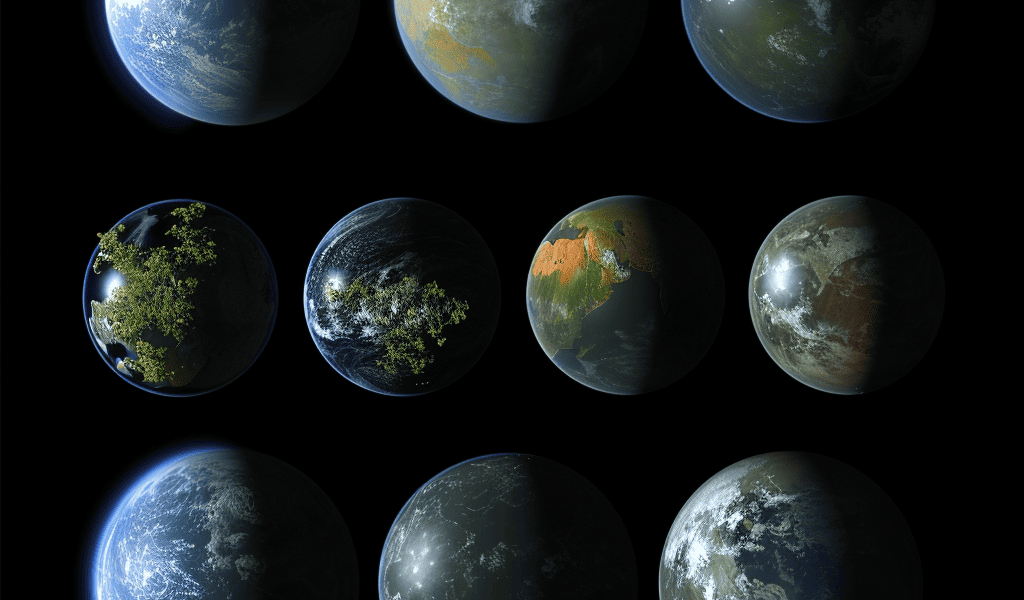New research has suggested that the levels of carbon dioxide (CO2) in a planet’s atmosphere relative to its neighboring planets could indicate the presence of liquid water, potentially signifying habitability. The findings, published in the journal Nature Astronomy, offer a new approach to identifying planets capable of supporting life.
An international team of researchers, led by the University of Birmingham in the U.K. and the Massachusetts Institute of Technology (MIT) in the U.S., has developed a novel ‘habitability signature’ to detect potential habitable planets. By analyzing the CO2 levels in different planets’ atmospheres, the researchers aim to identify those with oceans, making them more likely to support life.
According to Amaury Triaud, Professor of Exoplanetology at the University of Birmingham, the presence of CO2 in a planet’s atmosphere can be easily measured. By comparing CO2 levels across various planets, the newly established habitability signature can help pinpoint planets with oceans, increasing the likelihood of their ability to sustain life.
The researchers pointed out that Earth’s atmosphere once predominantly consisted of CO2, but over time, the carbon dissolved in the ocean, rendering the planet capable of supporting life for approximately four billion years. This study’s findings could also provide insights into Earth’s environmental tipping points and the corresponding carbon levels that could render the planet uninhabitable.
Furthermore, the researchers noted that examining CO2 levels in other planets could offer valuable insights into Earth’s environmental history and potential future scenarios. For instance, the comparison between Venus and Earth, despite their striking similarities, reveals a stark difference in the carbon levels in their atmospheres, shedding light on the factors that could make a planet uninhabitable.
The study’s innovative approach introduces a practical method for detecting habitability in exoplanets, potentially expanding our understanding of the conditions necessary for supporting life beyond Earth.





